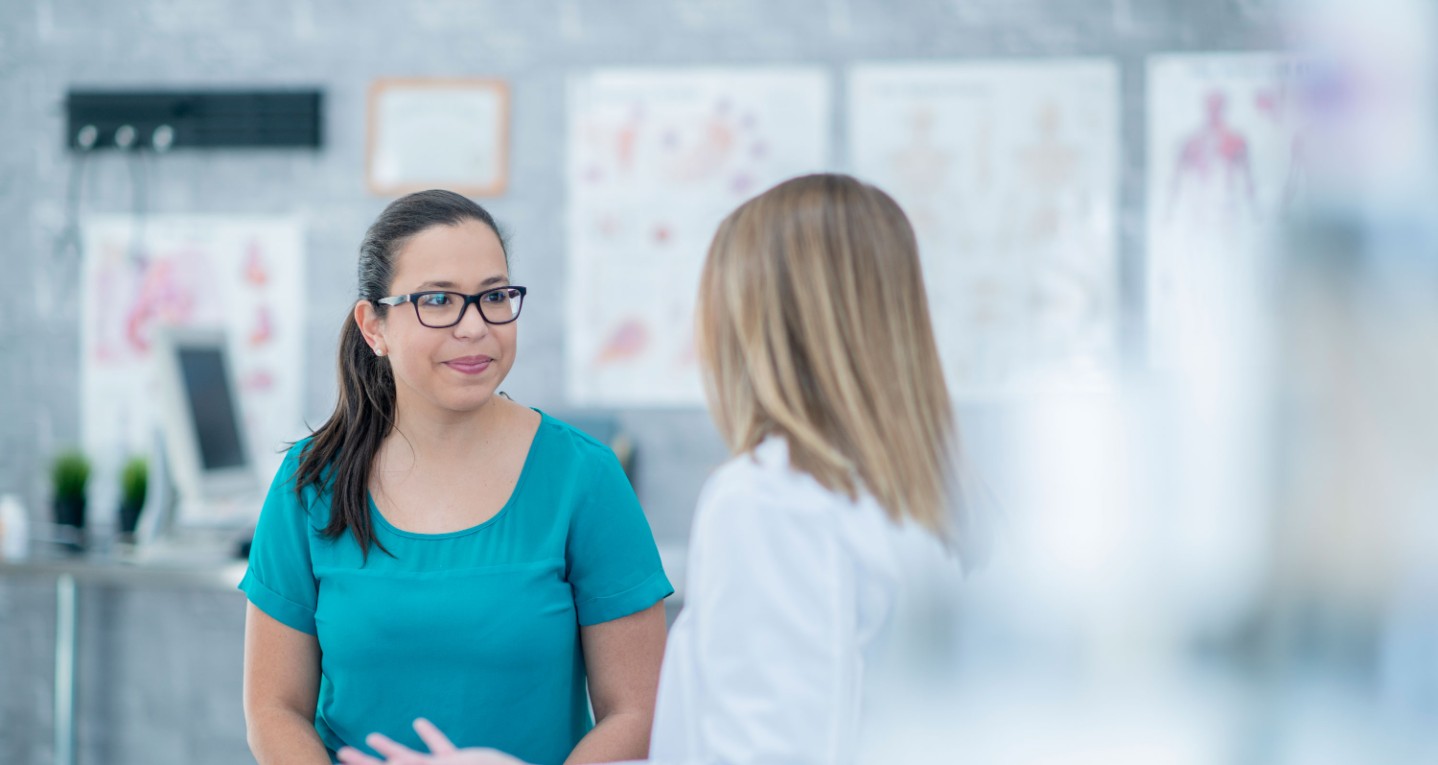Strength Training: Why it is Important for Moms
NOV 05, 2025Progressive overload means consistently challenging your muscles to do a little bit more than they're used to.
Read More
As a nurse practitioner in the CHI Health Breast Health Center at Lakeside, I spend my days talking with incredible individuals about their health, their family histories, and their proactive steps to prevent and detect breast cancer. A common topic, and often one surrounded by a fair bit of anxiety and misinformation, is the mammogram.
It's completely normal to have questions or even some apprehension about getting a mammogram. Maybe you've heard a story, or perhaps the unknown just feels a bit daunting. Well I’m here to clear up common misconceptions and answer your burning questions, empowering you with the knowledge you need to take control of your breast health.
Let's dive in!
The Reality: Let's be honest, comfortable probably isn't the first word that comes to mind, but "incredibly painful" is a significant exaggeration. You will feel pressure for a few seconds on each breast as it's compressed, which can be a bit uncomfortable – perhaps a firm squeeze. However, this compression is crucial for getting clear images and minimizing radiation. The good news? The entire process – from checking in to walking out – typically takes less than 30 minutes. The actual compression time for each image is only seconds. You'll be in and out and back to your day before you know it!
The Reality: This is one of the most dangerous myths! The primary purpose of a screening mammogram is to detect breast cancer before it can be felt. Many cancers are too small to be detected by touch in their early, most treatable stages. Mammograms can detect tiny calcifications or abnormalities that could indicate cancer years before you or your doctor would ever feel a lump. This is why regular screening is so vital, even if you feel perfectly healthy.
The Reality: Modern mammography uses very low doses of radiation – comparable to the amount of natural background radiation you're exposed to just living for a few weeks. The benefits of early detection from a mammogram far outweigh the minimal risk of radiation exposure. Think of it this way: detecting a treatable cancer early could save your life, while the theoretical risk from the very low dose of radiation is negligible.
The Reality: While the risk of breast cancer does increase with age, it's not exclusive to older women. Guidelines typically recommend annual screening mammograms starting at age 40 for women of average risk, and even earlier if you have a strong family history or other risk factors. It's crucial to discuss your personal risk factors with your doctor to determine when screening should begin for you. Remember, every woman's journey is unique. The two biggest risk factors for everyone are increase in age and family history. However, we all have a 1 in 8 chance of developing breast cancer- at ANY age.
The Reality: Mammograms do work for dense breasts, but density can sometimes make it harder to see abnormalities because both dense tissue and cancerous masses appear white on a mammogram. If you have dense breasts, your doctor might recommend supplementary screening like a breast MRI. The important takeaway is: knowing your breast density is key, and mammograms are still foundational. Always ask about your density if you don't know!
I hope busting these myths has given you a clearer, more relaxed perspective on mammograms. They are a powerful tool in your proactive health arsenal, designed to give you the best possible chance at early detection and successful treatment.
Schedule your mammogram today at a CHI Health location near you.

Progressive overload means consistently challenging your muscles to do a little bit more than they're used to.
Read More
Radon is the number one cause of lung cancer in non-smokers and the second leading cause overall, right behind smoking.
Read More
A Nurse Practitioner answers your essential mammogram questions. Understand timing, prep, the procedure, callbacks, and financial options.
Read MoreWhen you need local health information from a trusted source, turn to the CHI Health Better You eNewsletter.